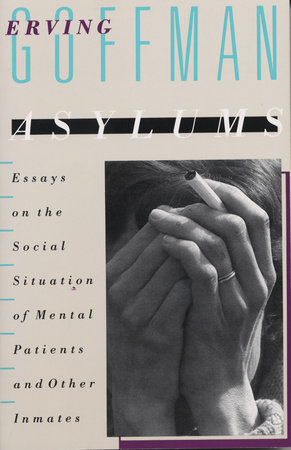improving Goffman's book Asylum (1961) serves as a framework, alongside
Erving Goffman's influential book, Asylums: Essays on the Condition of the Social Situation of Mental Patients and Other Inmates, published in 1961, serves as a profound examination of mental health institutions. This work comprises a collection of essays that delve into the experiences of those confined within these "total institutions," offering critical insights into the societal implications and structures that shape the lives of the inmates.
In Asylums, Goffman sheds light on how patients often internalize their identities as mentally ill due to the oppressive environment of mental hospitals. He suggests that the routines and authoritarian systems within these institutions compel individuals to adopt the label of mental illness, essentially influencing their self-perception and behavior. This concept of social construction of mental illness emphasizes how societal factors contribute to the understanding of mental health conditions, further supporting the idea that madness is not merely a medical issue but also a social one. For further reading, the full text analysis is available here.
Goffman's work has prompted significant discourse surrounding the treatment and care of mental patients, highlighting ongoing issues in psychiatric care that persist today. The impact of Goffman's observations can be further explored through scholarly discussions, such as those found here and here, which analyze the relevance of his findings in the context of contemporary mental health systems.
Additionally, the personal narratives presented in Goffman's essays elucidate the profound psychological impacts of institutional life on mental patients. These insights inspire artistic explorations, such as those by Vincent van Gogh, who created some of his most notable works during his time in a mental hospital. His paintings reflect the tumultuous experience of mental illness and the search for meaning and beauty in a state of despair, paralleling Goffman's themes of identity and societal perception.
In summary, integrating Goffman’s critical framework with the emotional expressions found in van Gogh’s art can provide a rich lens through which to examine the complex interplay between mental health, societal norms, and individual identity.
Sources


Related Questions
Work fast from anywhere
Stay up to date and move work forward with BrutusAI on macOS/iOS/web & android. Download the app today.
